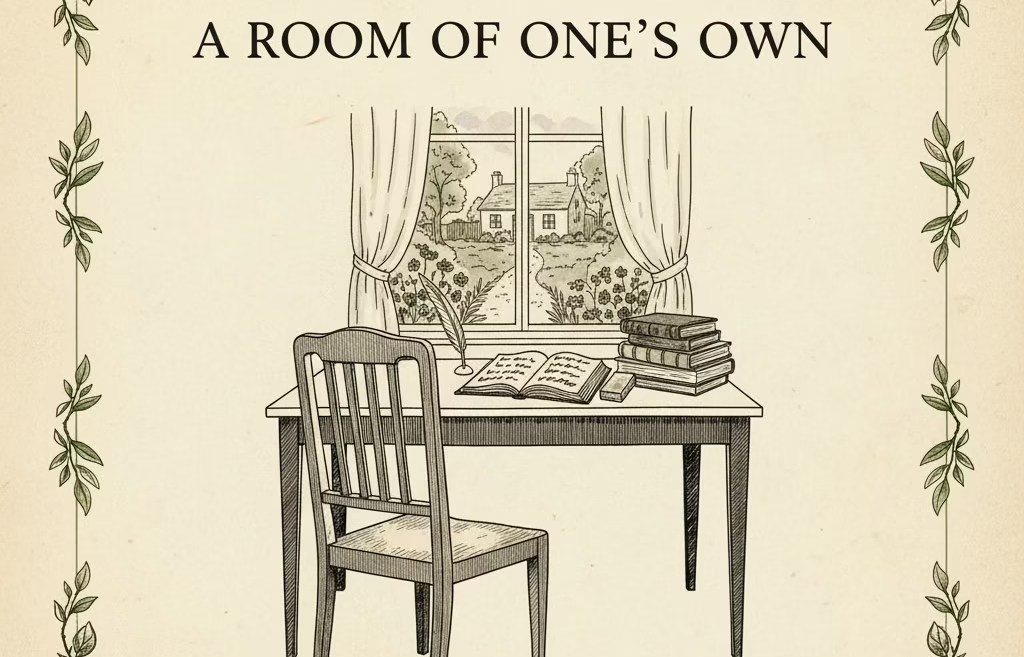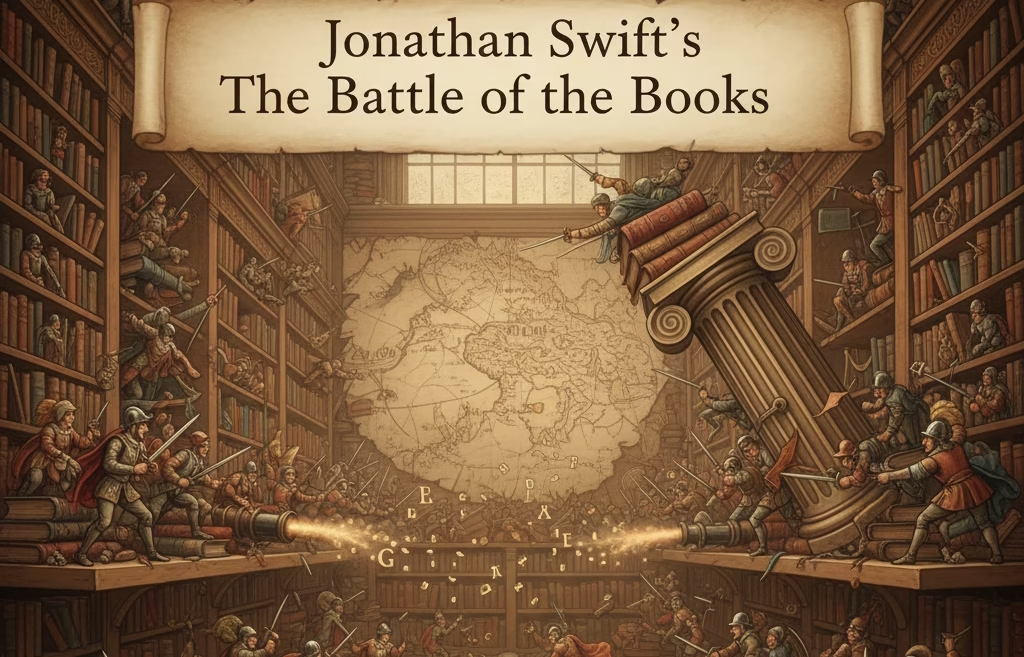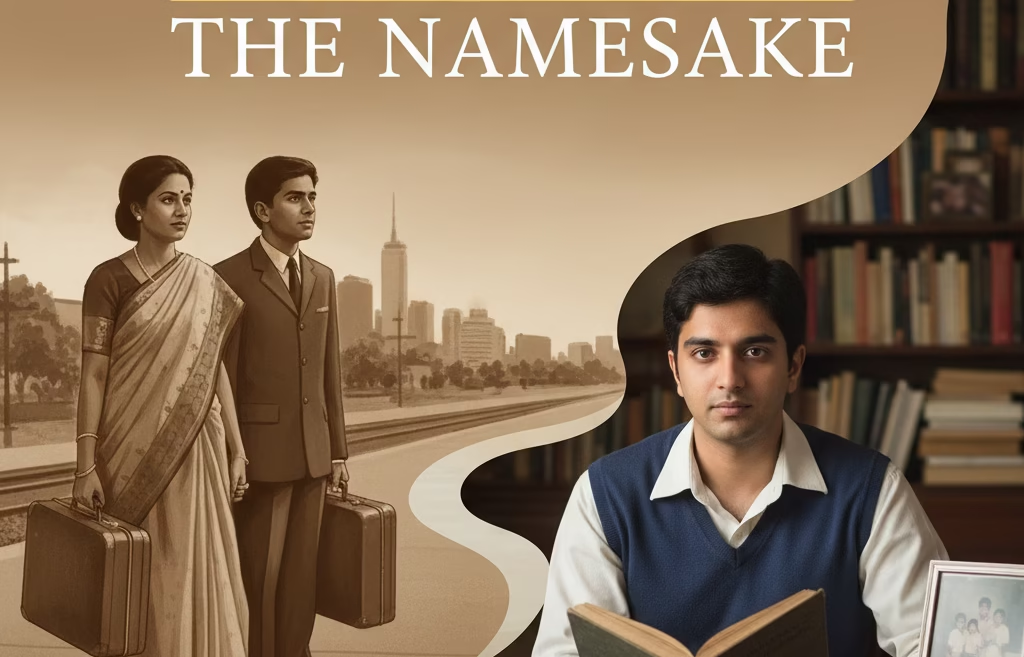Introduction
Toni Morrison’s Beloved is more than a novel; it is a cornerstone of American literature and a haunting journey into memory, trauma, and love. Anyone exploring “Toni Morrison Beloved” will quickly discover its powerful narrative and unflinching portrayal of post-Civil War Black experience.
If you’ve ever found yourself staring at “124 was spiteful” and shivering, welcome to the club. Toni Morrison didn’t just write a ghost story. She carved into the heart of American memory and set loose a tale that refuses to fade. As someone who’s read this novel dozens of times—each encounter unspooling something new—I can’t help but marvel (sometimes even groan) at how it both chills and enlightens.
This isn’t a book you breeze through on a lazy afternoon. It’s a novel with teeth, with thorns—beautiful, disturbing, and, let’s be honest, occasionally overwhelming. But oh, is it worth the trouble. Let’s dive deep and really get to know Beloved: its wrenching plot, unforgettable cast, burning themes, and the touch of Morrison herself.
Toni Morrison Beloved
Background: The Real Story That Inspired Beloved
Morrison drew from the dark well of American history, specifically the story of Margaret Garner, an enslaved woman who, when captured trying to escape, killed her own child to spare her from slavery’s grasp. If that makes you wince, Morrison would probably nod. She believed in literature’s power to rub salt in wounds—and, sometimes, to heal them.
Sethe, the protagonist, walks in Margaret’s shadow. Her desperate act, and its rolling aftershocks, shape every corner of the story. FULL TEXT
Plot Overview—Toni Morrison Beloved
Sethe, a former slave living in post-Civil War Ohio, is haunted—literally and figuratively. Her house at 124 Bluestone Road is beset by a vengeful spirit, and her memories are no less restless. When a mysterious young woman named Beloved appears, secrets surface, pain festers, and the past refuses to stay buried.
You might call it a ghost story, but that hardly covers it. The real ghosts here are memory, guilt, love, and longing. Morrison doesn’t just write about what happened—she makes you feel the hot breath of the past on your neck.
Main Characters in Toni Morrison Beloved:
Sethe: A fiercely loving, deeply wounded mother. Her love is her curse and her salvation. If you spend any real time with her story, you’ll find it almost impossible to judge her, even for her most desperate act.
Beloved: The ghost made flesh. A puzzle. A tormentor. Perhaps a lost daughter, perhaps something even older and more primal.
Denver: Sethe’s surviving daughter, caught between the living and the dead, isolation and community. She’s the lens through which hope breaks into the narrative.
Paul D: Once enslaved with Sethe, he is scarred, protective, but also flawed in his attempts to walk forward without looking back.
Baby Suggs: Sethe’s spiritual mother-in-law, a figure of matriarchal wisdom undermined by personal tragedy.
If you came for simple heroes or villains, Beloved will force you to tread water in deep moral ambiguity.
Morrison’s Style—Why Is This Book So Challenging?
Morrison’s style is as lush as a hot summer night and just as hard to escape. Her direct sentences carry baggage; her metaphors curve around themselves, daring the reader to keep up. And boy, sometimes I needed to reread whole chapters just to untangle the threads. At times, the book’s fragmentation, shifting points of view, and time jumps can feel like a maze—but there’s a method to the madness. She wants us to work for understanding as Sethe must work for redemption.
Pro tip: If you struggle, try reading passages out loud. Morrison’s prose often sings when heard, not just read. FOR DEEPER ANALYSIS
Key Themes in Toni Morrison’s Beloved
Memory and Trauma—The Past Never Lets Go
Sethe is pursued by the past, but she’s also shackled to it by grief and memory. Morrison explores how traumatic events can haunt generations. The phrase “rememory” crops up, signaling the way history isn’t just personal—it’s collective. As Morrison once said, “If you can remember it, it must be mine.” Oof. That stuck with me. Slavery’s wounds, she insists, are not only historical events but living presences.
Motherhood and Sacrifice—A Complex Bond
Sethe’s love is ferocious, tender, and tragic all at once. Her climactic choice—killing her own child rather than subjecting her to slavery—forces us to reckon with love twisted by brutality. It’s a knife’s edge, this question of what one mother should (or shouldn’t) do when the world is unforgiving.
Morrison doesn’t glorify Sethe’s act, but she doesn’t condemn her either. Instead, she asks: What does trauma make possible, or impossible, in a parent’s love?
Haunting, Ghosts, and the Supernatural
Yes, Beloved is a ghost story—and also isn’t. The supernatural here is less about scares than about facing what we can’t lay to rest. Beloved’s ghost is the embodiment of repressed pain, unfinished business, and communal grief. The lines between past and present, real and spectral, are always blurred.
Community, Isolation, and Healing
Sethe’s house is cut off from the world—and part of her healing comes only when the community steps in. Denver’s journey from fear to reaching outward is as moving as any ghostly confrontation in the novel. There’s a sense that personal pain might only be truly eased by collective compassion.
Morrison ultimately sketches a blueprint for healing: confrontation, community, and the slow, sometimes faltering, rebuilding of the self.
Symbolism and Imagery in Beloved
The House at 124 Bluestone Road
“124 was spiteful.” This address becomes a character itself, a container for history, rage, and love. Morrison uses the house as a symbol of both home and haunted memory. It groans under the weight of all it’s held.
The Color Red
Red recurs—scarlet blood, red light, the chokecherry tree scar on Sethe’s back—marking pain, vitality, and the indelible mark of the past.
Water and the River
Sethe’s flight across water, Beloved’s scenes with water—the motif echoes rebirth and boundary, and the memory of the Middle Passage’s horror.
Toni Morrison’s Intentions—Writing as an Act of Witness
Morrison saw herself not only as a novelist but as a witness. In interviews, she described wanting to give voice to those history had silenced, to move beyond the sanitized narratives of slavery and invite readers into the raw, unresolved pain of the era. In her words, she wrote Beloved to make readers “feel what slavery felt like, rather than how it looked.”
There’s a unique charge to the novel—a sense that telling these stories, as difficult as it may be, is the first step towards reckoning and (maybe) forgiveness.
My Reflections : Toni Morrison Beloved
Time for honesty: I almost gave up the first time I read Beloved. The story knocked me flat. I didn’t expect its orbit of pain, or the strange, hypnotic rhythm of the prose. On later readings, I came to love its messiness, the contradictions, the moments where hope blooms despite everything.
Once, I even taught the novel to a book club with wildly different reactions. Some were spellbound. Others frustrated. But everyone, every time, was moved.
No other novel has made me think so much about what we inherit—both the blessings and the wounds. It’s the sort of book that lingers, haunting your thoughts long after the last page. EXPLORE MORE AUTHORS
Critical Reception of Toni Morrison Beloved
From the moment it appeared in 1987, Beloved was hailed as a masterwork. It won the Pulitzer Prize. Critics praised its unflinching look at history, its poetic style, its ability to move both heart and mind. Some—famously—found it challenging or even divisive. But isn’t that what great literature does?
In the years since, it’s landed in high school and college syllabi, ignited ongoing debates about race, trauma, and memory, and stands as Morrison’s crown jewel. It inspired a film, endless essays, and, for some, renewed battles over censorship. Yet, more than anything, it endures—on shelves and in the psyche.
Final Reflections
Beloved isn’t just a novel. It’s an encounter—a face-off with the darkest truths of America and the resilience of the human spirit. It’s not always comfortable, but it is necessary.
If you’re wondering whether this book will “speak” to you, consider this: every generation finds new meanings in Morrison’s story. Each reading becomes a personal confrontation with the past—painful, redemptive, and (let’s face it), unforgettable.
Frequently Asked Questions
Is Beloved based on a true story?
Absolutely. Margaret Garner’s tragic tale, as noted above, is the novel’s backbone.
Why is Beloved so difficult to read?
The prose is poetic and fragmented, mirroring trauma and memory’s fractured logic. Morrison wants you to struggle, because her characters can’t simply “move on.”
What does Beloved represent?
She’s part ghost, part symbol—of memory, loss, trauma, the “sixty million and more” who died in slavery’s maw.
Is it worth reading more than once?
Without a doubt. To paraphrase Morrison, her novels are designed to be revisited, rewarding attentive readers with new meanings each time






1 Comment
[…] The language in God Help the Child is both spare and searing. Morrison’s sentences swerve—sometimes abrupt and plain, sometimes dizzyingly poetic. She knows exactly when to linger and when to let the silence speak. This makes the reader slow down, to absorb rather than simply consume. OTHER WORKS […]